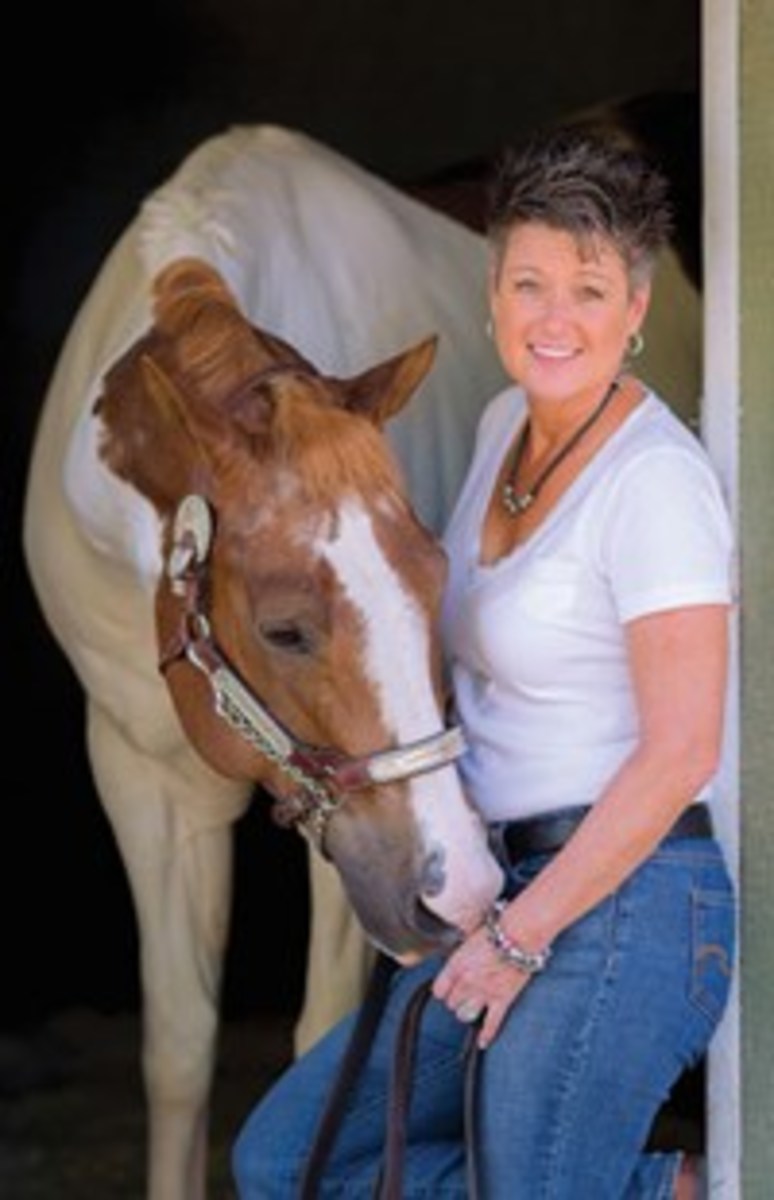
Competing can be nerve-wracking, and we’ve all experienced that. But show-day jitters are more manageable if you make a game plan in advance—and follow it. Here’s an approach that works for my students.
1. Create a written plan. List what you hope to accomplish at the upcoming show. Include the specific goals you hope to realize, based on what you’ve been working on with your horse. For example, the ability to wait quietly at the cone in a horsemanship class may be a “hole” you’ve been working on. If you can achieve that and other specific goals, then you can consider the show a success regardless of how you place.
Also list other strategies that will help you feel ready and relaxed at the show—including completing your “homework” in advance; listing the things you’ll do when you arrive at the showgrounds; and planning your warm-up (more on these in turn).
2. Do your ‘homework.’ I use this term to describe anything my students are trying to improve in their schooling sessions at home. Before a show, that homework would include practicing your patterns plus all the elements of the classes you’ll be entered in. You’ll also work on any weak spots—leads? nervousness at the gate?—that popped up at the previous show. Being prepared will give you confidence and assurance.
3. Arrive early. This allows your horse to become acclimated to the showgrounds, plus enables you to check out the size, footing, and surroundings of the arena and warm-up area. If there’s a separate area for longeing and that’s part of your horse’s warm-up routine, scout that out as well.
If you’ll be making your entries at the show, allow plenty of time to do that and learn what patterns will be used. If you don’t understand something about a pattern or obstacle, being early enables you to ask the judge or ring steward to clarify it for you.
Also ask when the breaks are and how long they’ll last, so you don’t wind up being rushed getting to your classes.
4. Warm up well. An effective warm-up helps you evaluate and fine-tune your horse’s attitude, remind him of the class routine, and practice specific elements. From your earlier scouting, you’ll know in advance what to avoid—such as the gate where traffic keeps getting jammed up, or the places where the ground is bad.
Also plan exactly how much and what type of riding (and longeing) your horse will need in order to be ready to perform at his best. A properly warmed-up horse is relaxed and happy. Overdoing the warm-up, however, will tire him out and make him irritable.
5. Plan for next time. After the show, jot down the new “holes” you discovered at this event that you want to work on in your lessons and homework before the next show. We never try to change a horse at a show—that’s not the time. But we do make note of any weak links in his performance so they can be strengthened before the next competition.







